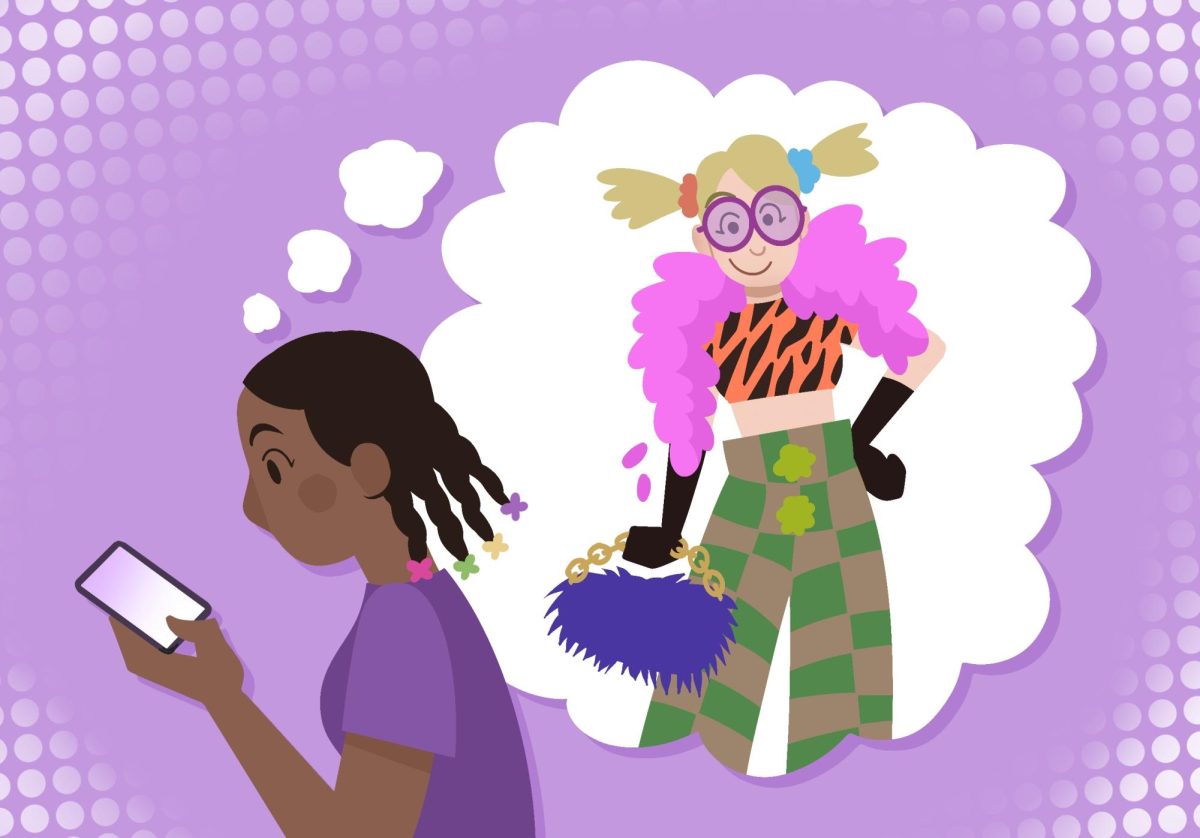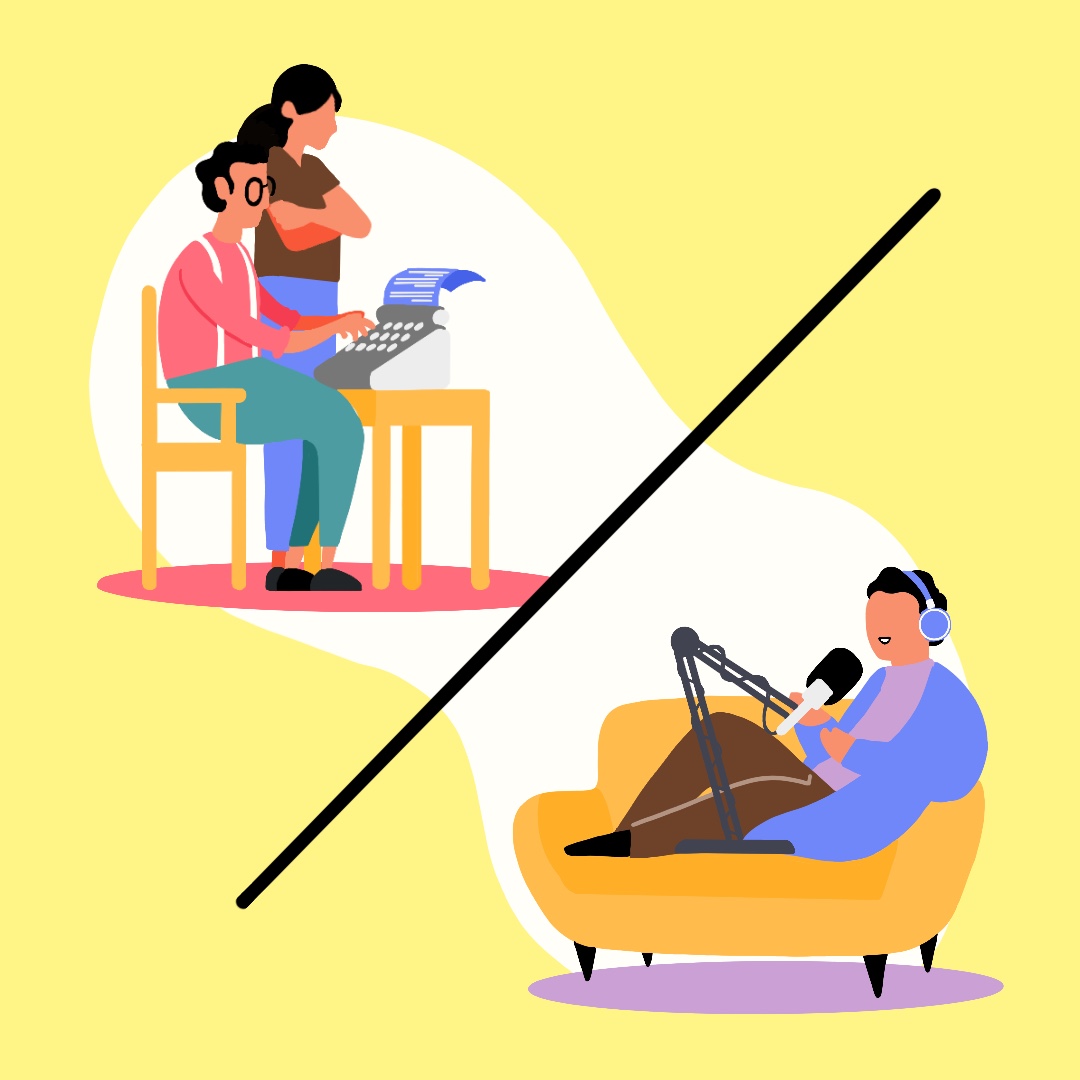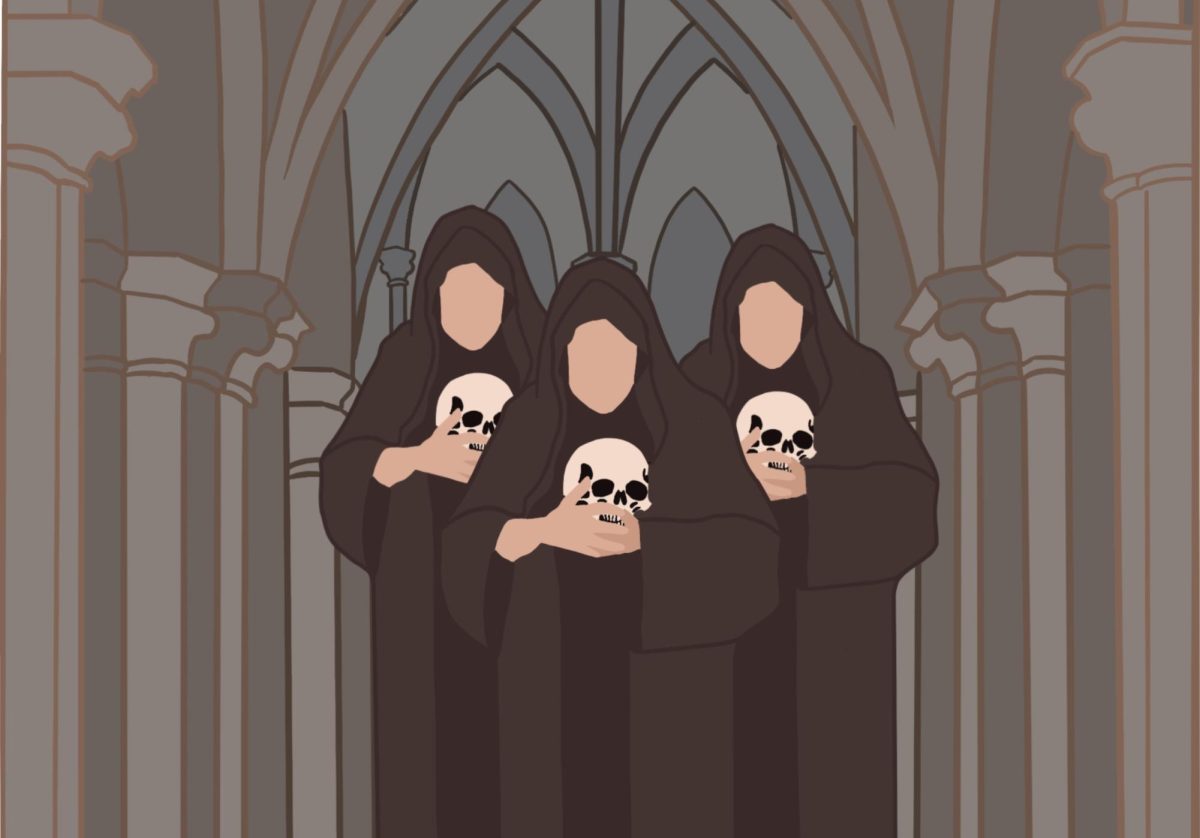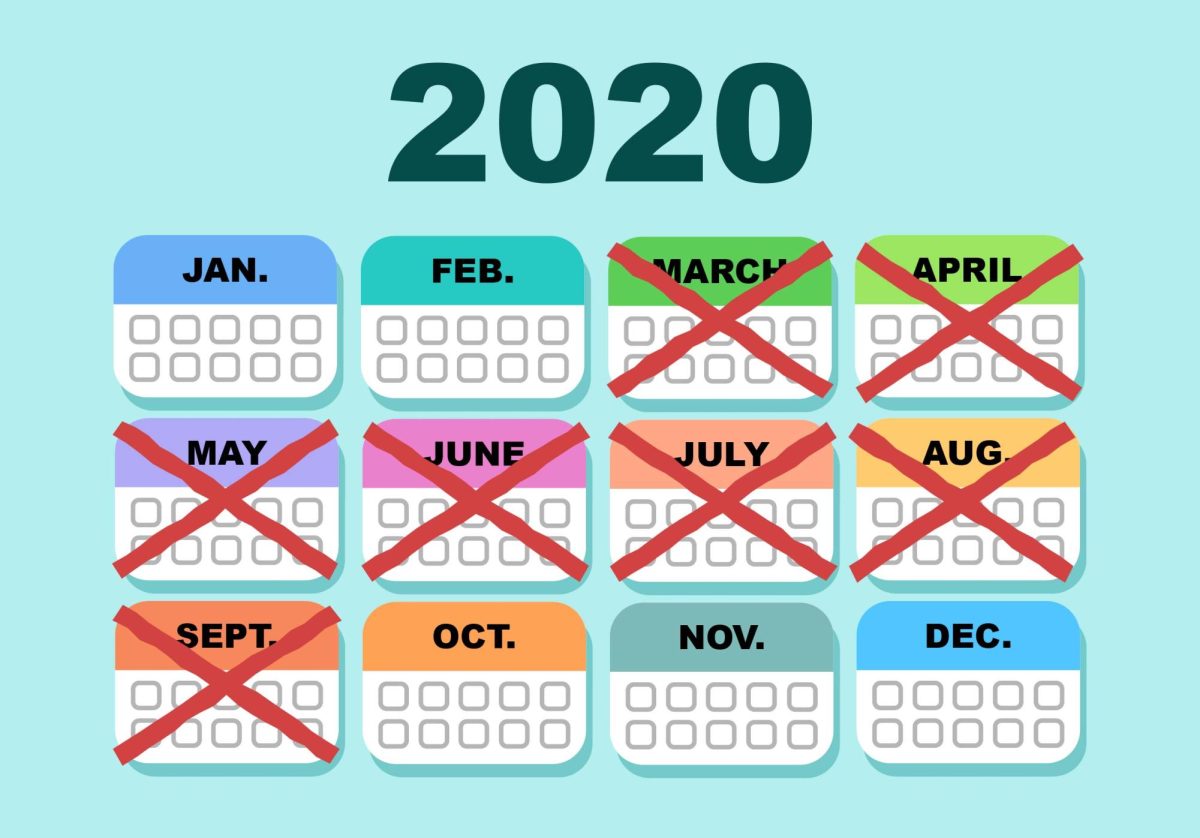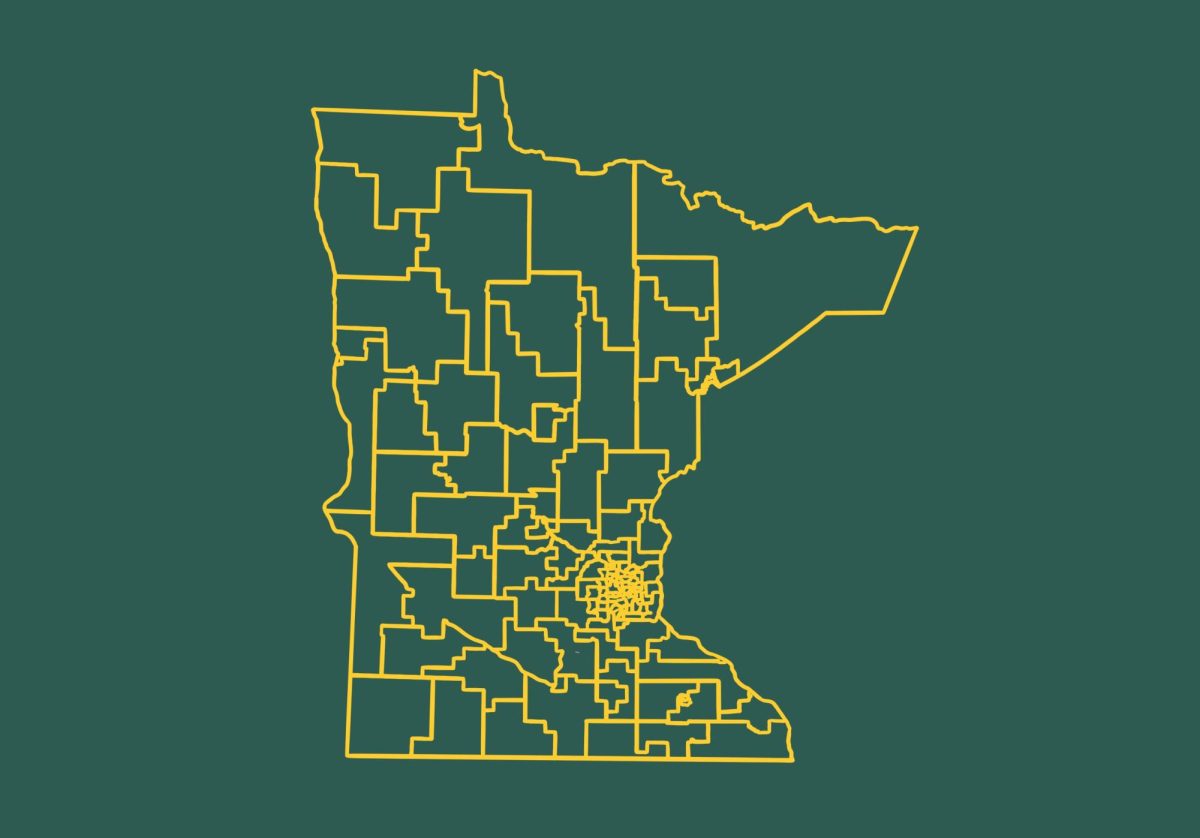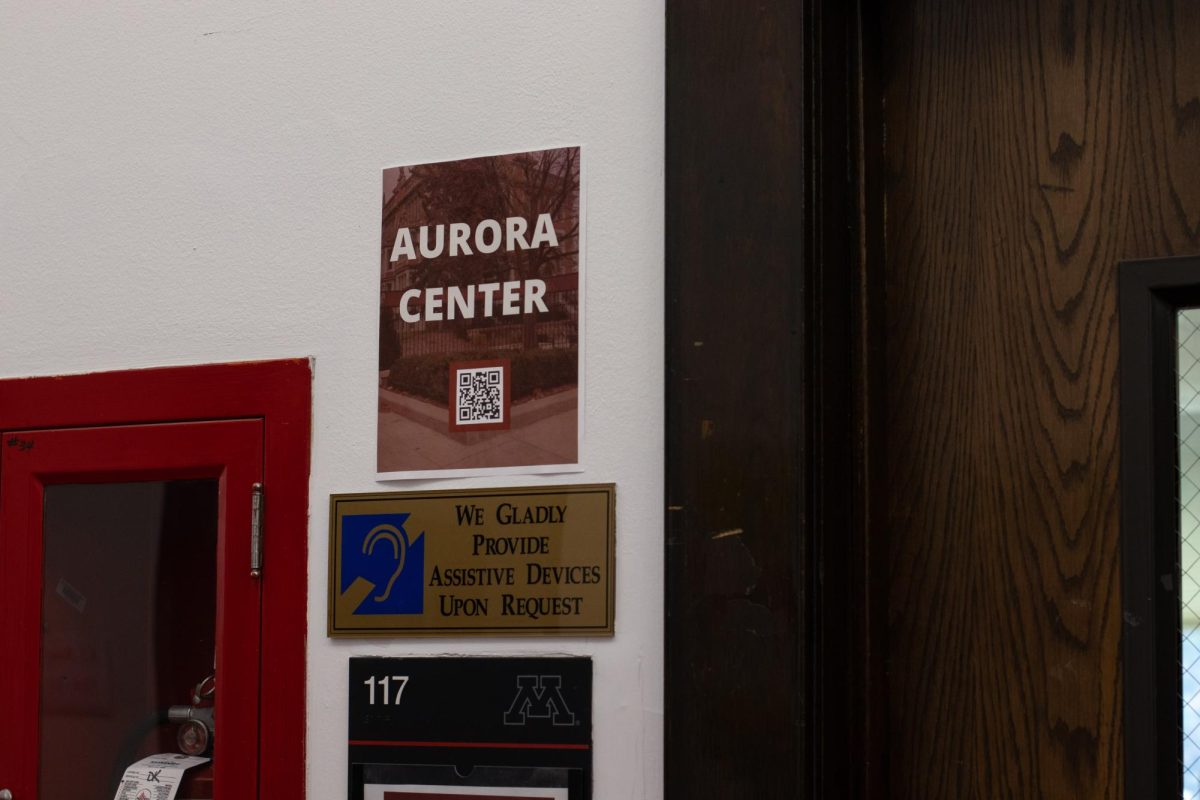I estimate that what actually happens to our recycling is a mystery to most people — it certainly was to me. But last week, I got the chance to visit the University of Minnesota’s recycling facility in the Southeast Como neighborhood with Recycling Coordinator John McKeown. Even apart from his role in the University’s waste management, McKeown is absolutely a wealth of recycling knowledge. He and his colleagues have been working on what may be the University Facilities Management’s magnum opus: a new quad system that includes, praise be, organics.
Let’s start from the beginning. Our current modus operandi is a quad system, or four streams: cans and bottles, office paper, newspaper, and regular trash. Desk side recycling and trash bins are collected by custodians. But spreading throughout campus, there’s a new M.O.: a different quad system — cans and bottles (not iced-coffee cups), newspaper and office paper, regular trash, and organics. Custodians will no longer collect desk side waste. Instead, people with desks will bring their own trash to the centrally located quad system for that section of the building. Two major benefits to this system are that, firstly, allowing generators
— us — to sort ourselves means higher recyclable-recovery rates. Secondly, for anyone who cares about plants, animals and people, organics composting means healthier, more fertile dirt.
“Students have been asking for organics recycling for the longest time,” McKeown told me. It’s the primary question the University’s Recycling department gets at public events. It’s been floated in questionnaires to dorm residents, and it’s been piloted with impressive success in the Donhowe Building on campus. “It’s very difficult because of the educational aspect to it,” McKeown said about what can and can’t be composted. “All the certified-compostable products, they look exactly like plastic products for the most part, unless you know what to look for,” he said. What should you look for? The Biodegradable Product Institute’s symbol.
Organics recycling has limitations, so here are some rules of thumb. When we compost in our backyards or under the kitchen sink, we can’t compost meat, bones or dairy because they lead to rank spoilage, not decomposition. But in Brooklyn Park, where McKeown and his friends will send our University compost, the compost-treatment temperatures do break down those animal products. All foods are totally appropriate for the University’s compost system. So are certain containers — cups, plates and so on — that bear a BPI symbol. The group behind the BPI logo out in California tests endless different materials to verify whether they are indeed compostable. For non-edibles, be sure to compost only what has its stamp, except for easily-broken-down products like paper towels, napkins and used tissue.
Organics recycling will be much easier because of two resolutions recently passed by the University Senate’s Social Concerns Committee: one, centralized collection, and two, that all Coffman Union food vendors will use 100 percent compostable packaging. So pretty soon, if you bought it from Coffman, it goes straight into organics.
Our composting system is the brainchild of Dana Donatucci. In 1983, Donatucci started the University’s recycling program. In the 1990s, he was one of the very first in the industry to start pushing for organics composting on this scale. And last week, he retired. Donatucci’s mentees have been working for a long time on our new quad system. The University’s recycling branch runs on inter-departmental cooperation, and bureaucracy takes time. But the stars have finally aligned, and for the next two years, the University’s recycling department will be implementing the new system to each building on all three campuses. All dormitories plan to have organics recycling by the time school starts in September.
Like me, you may be wondering why on earth it’s taken us so long to get here. All other University of Minnesota schools administer their waste based on our example, but only the Morris was able to start organics already; its small scale doubtlessly made it easier. But on the other hand, the Twin Cities is one of the biggest schools in the country, with nearly 48,000 students plus staff and faculty. And we’re one of the very first of our kind to execute something on this sheer scale.
Sometimes we’re inclined to conclude that recycling is a racket, and it just gets trashed anyway. I tell you firsthand that this isn’t true. Our recycling gets sorted, by hand, and sold back to the manufacturer. This revenue allows the recycler to keep doing their job, so eventually we can all reach zero waste, or 90 percent reclamation. McKeown thinks so, and I do too — if we pitch trash right, we’ll make it there.


